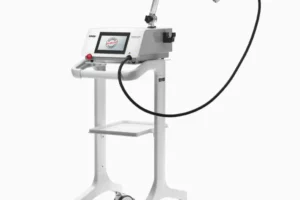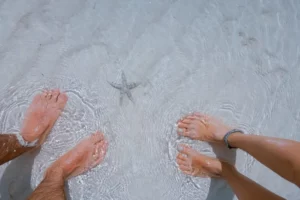Pronation is a word used to describe a perfectly normal movement and one that isn’t limited to the foot & ankle.
Are you a pronator?
Yes. Unless you have completely fused ankle and foot joints as a result of surgery or a rare medical condition, you are a pronator. Your wrist also pronates. Labelling people as pronators is not only unnecessary but it can also be unhelpful for a number of reasons. Remember, it is impossible for your ankle to pronate (rolls in) more than it supinates (rolls out).

Do you overpronate?
No. There is no such thing. As there is no defined or accepted normal or average amount of pronation. It varies from person to person and from foot to foot. It’s impossible to determine what “overpronation” would be. It is another unnecessary, inaccurate and unhelpful label.
Is pronation bad?
No. We shouldn’t demonise movement. Everybody pronates. Pronation is a tri-planar movement, meaning it is a movement that involves motion in the three ‘planes’ – the imaginary flat surfaces running through the body, along which movement occurs.
In the case of the foot and ankle, these movements are:
- Abduction – the foot turns outwards, led by the toes like Charlie Chaplin’s famous walk
- Dorsiflexion – the top of the foot moving towards the shin bone, or the opposite of a ballet dancer en pointe
- Eversion – the heel bone tilting inwards from the top, or the opposite of rolling your ankle
If we didn’t pronate during walking and running we would have great difficulty moving forward at all.
Does pronation mean more risk of injury?
No. Pronation itself is a natural movement and does not leave you more likely to pick up an injury. There are studies showing those with an extremely pronated resting position (e.g. completely flat feet when standing still) might be more likely to experience shin splint (MTSS) symptoms, but the same is also true for those with an extremely high arched foot posture.
Do you need a certain shoe type because you were once told you pronate?
No. At least not based on the diagnosis of being a pronator. The main consideration when buying a pair of trainers should be fit and/or size, comfort, and suitability for the intended activity be that road, trail, race, recovery or cross-country running.
If you have foot or ankle pain, including new or recurring injuries, always seek the advice of a suitably qualified medical professional.



